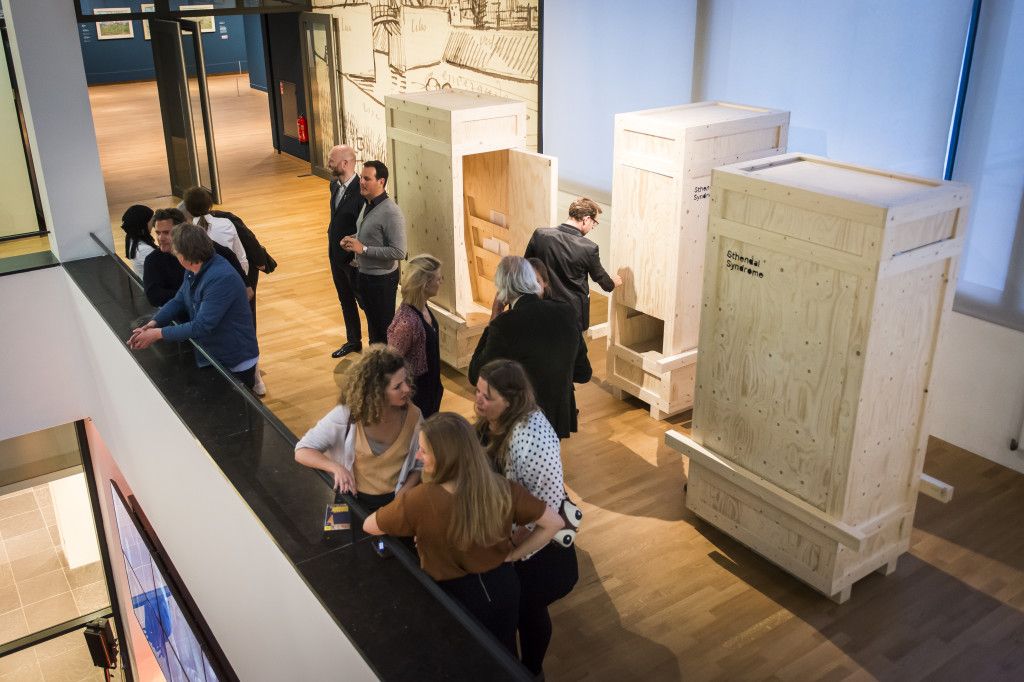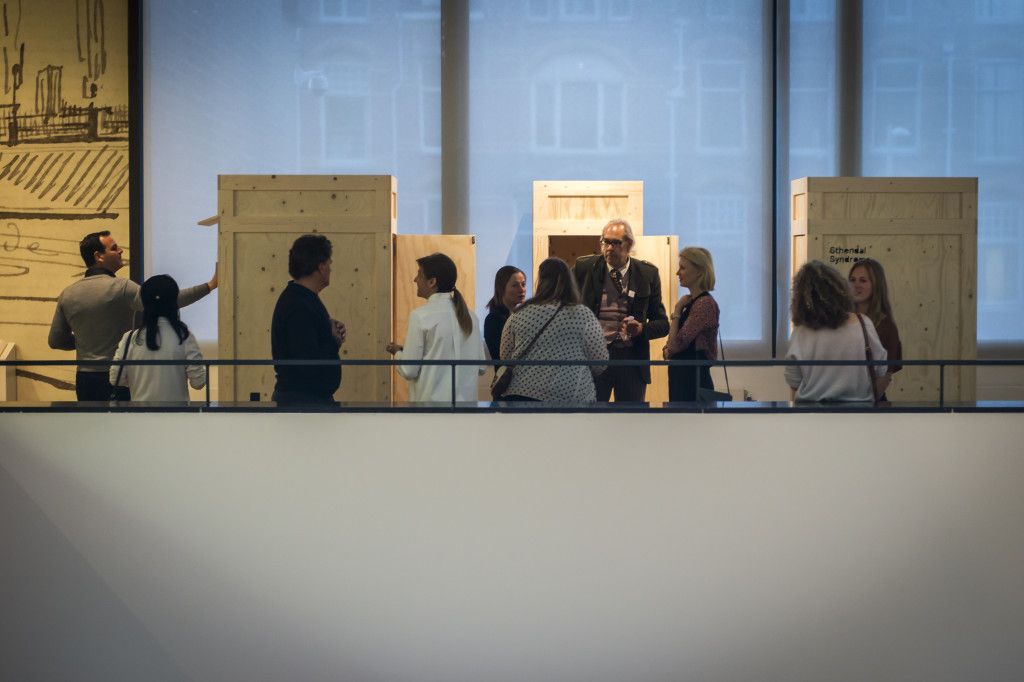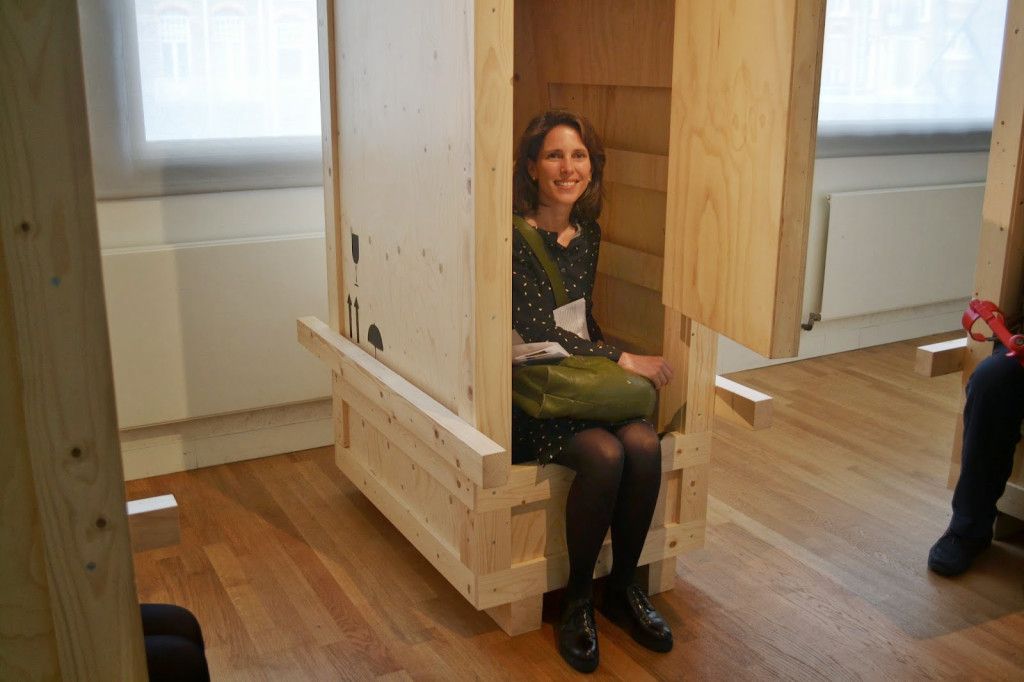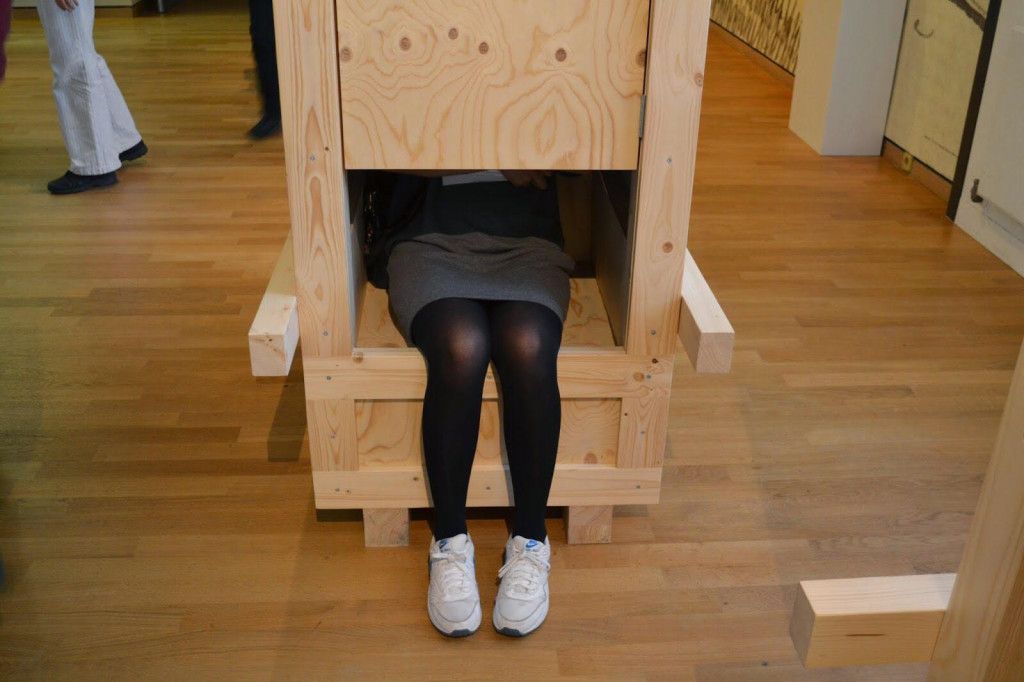Amsterdam , 2015
STENDHAL SYNDROME PAVILION
Wooden crates created as therapeutic isolation chambers to treat the Stendhal syndrome.
Three wooden crates, ventilation bags
Through this work, the artist seeks to explore the boundaries and limitations of sensory perception, and offers inventive treatments for the Stendhal syndrome in an atmosphere that draws inspiration from mobile medical clinics as well as therapeutic isolation chambers. At “Stendhal Syndrome Pavilion,” visitors may receive treatment for Stendhal Syndrome, and can find a much needed respite from the triad of famous Dutch museums – Stedelijk Museum, Rijksmuseum, Van Gogh Museum – that altogether can have the power of devastating visitors with sensory overload. “Stendhal Syndrome Pavilion” creates a space where visitors can reflect meaningfully on the power of art and the fragility of human perception. The Pavilion is on display during the exhibition When I Give, I Give Myself at the Van Gogh Museum.




Through this work, the artist seeks to explore the boundaries and limitations of sensory perception, and offers inventive treatments for the Stendhal syndrome in an atmosphere that draws inspiration from mobile medical clinics as well as therapeutic isolation chambers. At “Stendhal Syndrome Pavilion,” visitors may receive treatment for Stendhal Syndrome, and can find a much needed respite from the triad of famous Dutch museums – Stedelijk Museum, Rijksmuseum, Van Gogh Museum – that altogether can have the power of devastating visitors with sensory overload. “Stendhal Syndrome Pavilion” creates a space where visitors can reflect meaningfully on the power of art and the fragility of human perception. The Pavilion is on display during the exhibition When I Give, I Give Myself at the Van Gogh Museum.